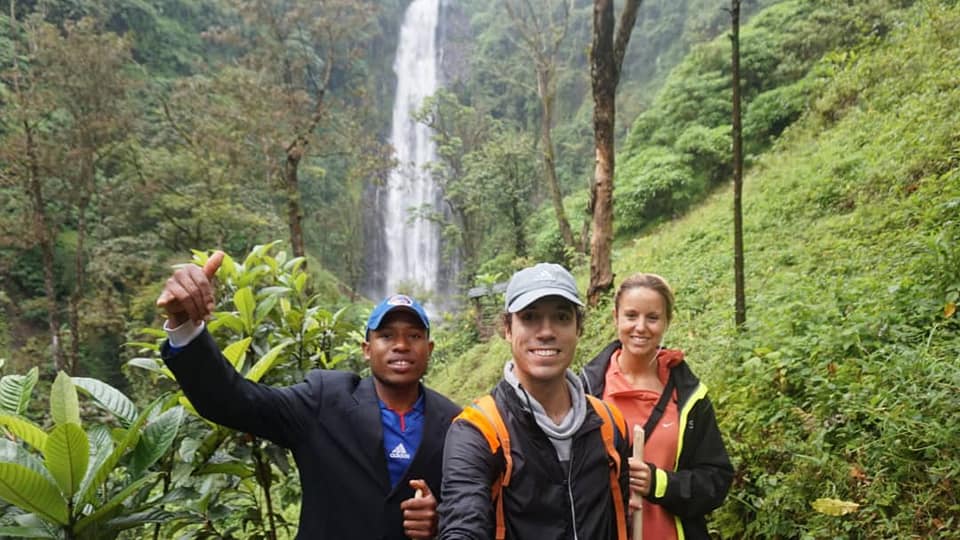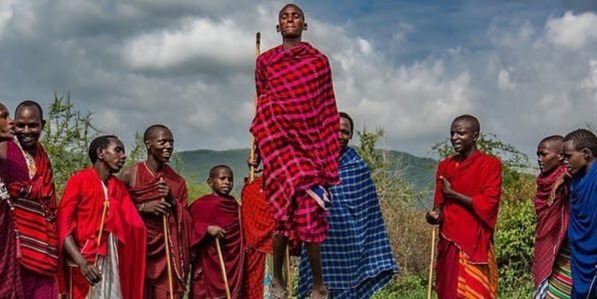Our Destinations
The Ngorongoro Conservation Area
- Home
- The Ngorongoro Conservation Area
The Ngorongoro Conservation Area
The Ngorongoro Conservation Area is a protected area and a World Heritage Site
located 180 km (110 mi) west of Arusha in the Crater Highlands area of
Tanzania. The area is named after Ngorongoro Crater, a large volcanic caldera
within the area. The conservation area is administered by the Ngorongoro
Conservation Area Authority, an arm of the Tanzanian government, and its
boundaries follow the boundary of the Ngorongoro Division of the Arusha Region.
The 2009 Ngorongoro Wildlife Conservation Act placed new restrictions on human
settlement and subsidence farming in the Crater, displacing Maasai pastoralists,
most of whom had been relocated to Ngorongoro from their ancestral lands to the
north when the British colonial government established Serengeti National Park in
The construction of luxury tourist hotels in the Conservation Area allows
people to access “the unparalleled beauty of one of the world’s most unchanged
wildlife sanctuaries”, even as thousands of Maasai have suffered forcible eviction
and have been denied access to water sources for their livestock. The name of
the crater has an onomatopoeic origin; it was named by the Maasai pastoralists
after the sound produced by the cowbell (ngoro ngoro). Based on fossil evidence
found at the Olduvai Gorge, various hominid species have occupied the area for 3
million years. The main feature of the Ngorongoro Conservation Authority is the
Ngorongoro Crater, the world’s largest inactive, intact and unfilled volcanic
caldera. The crater, which formed when a large volcano exploded and collapsed on
it two to three million years ago, is 610 meters (2,000 feet) deep and its floor
covers 260 square kilometres (100 square miles).



Indonesia
90.5 million
Cairo
Egyptian Arabic
Egyptian pound

Tour package
For Your First Book






















